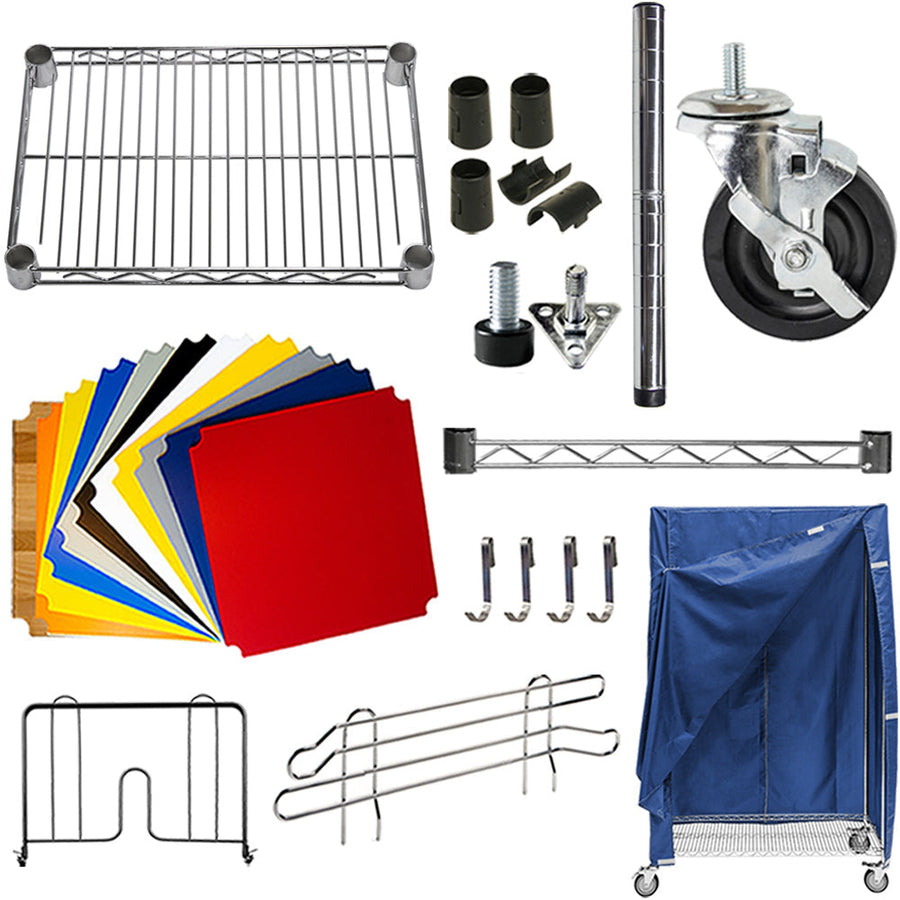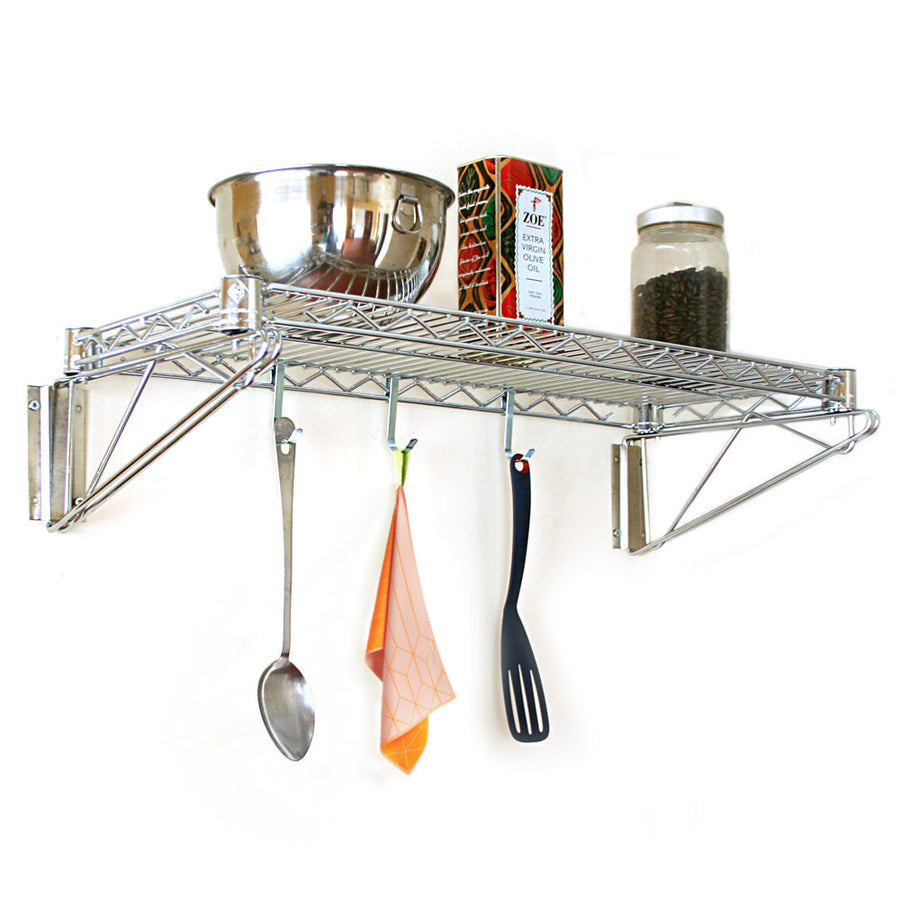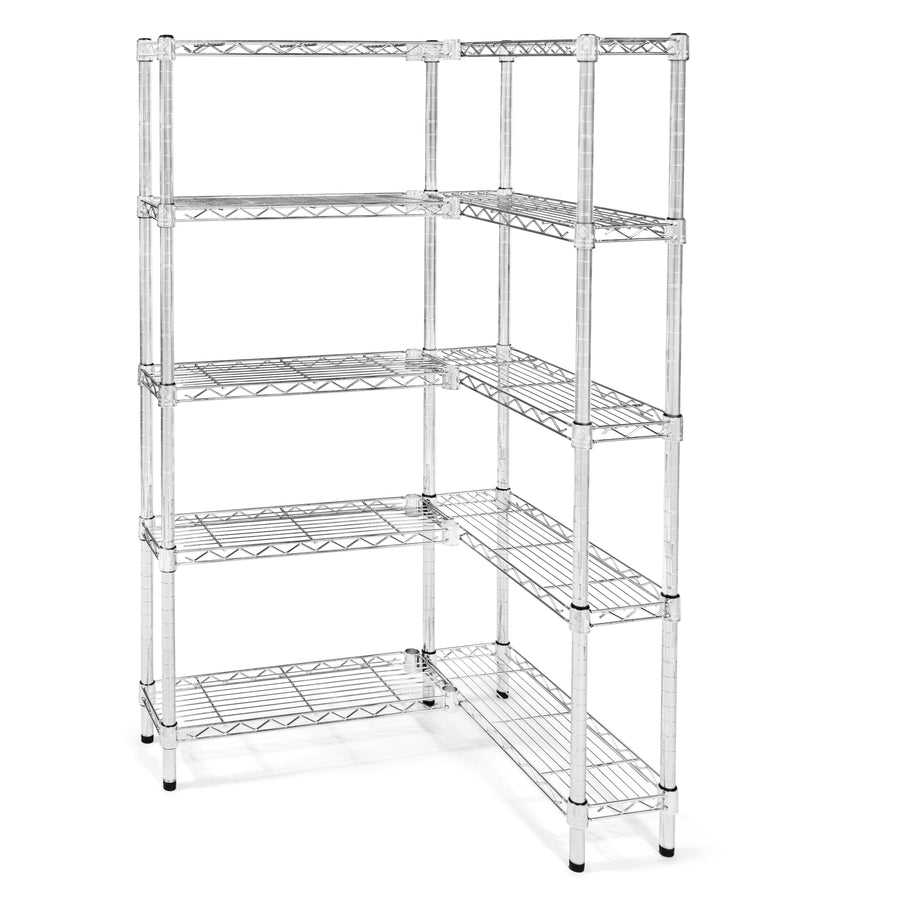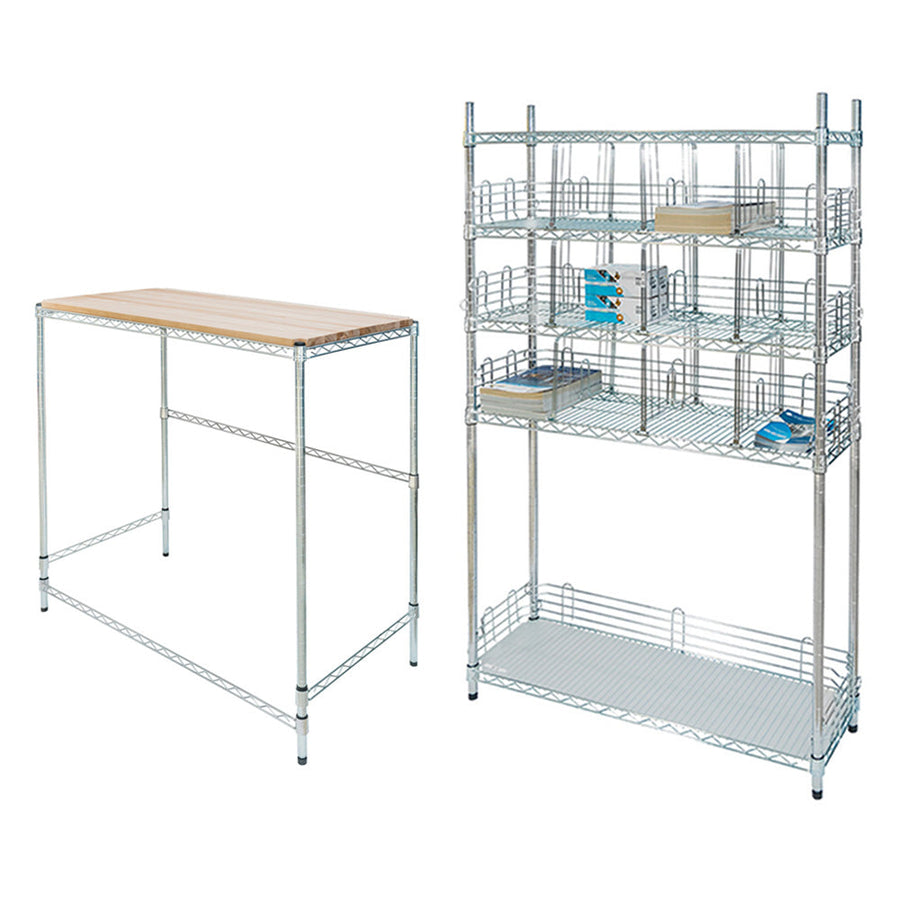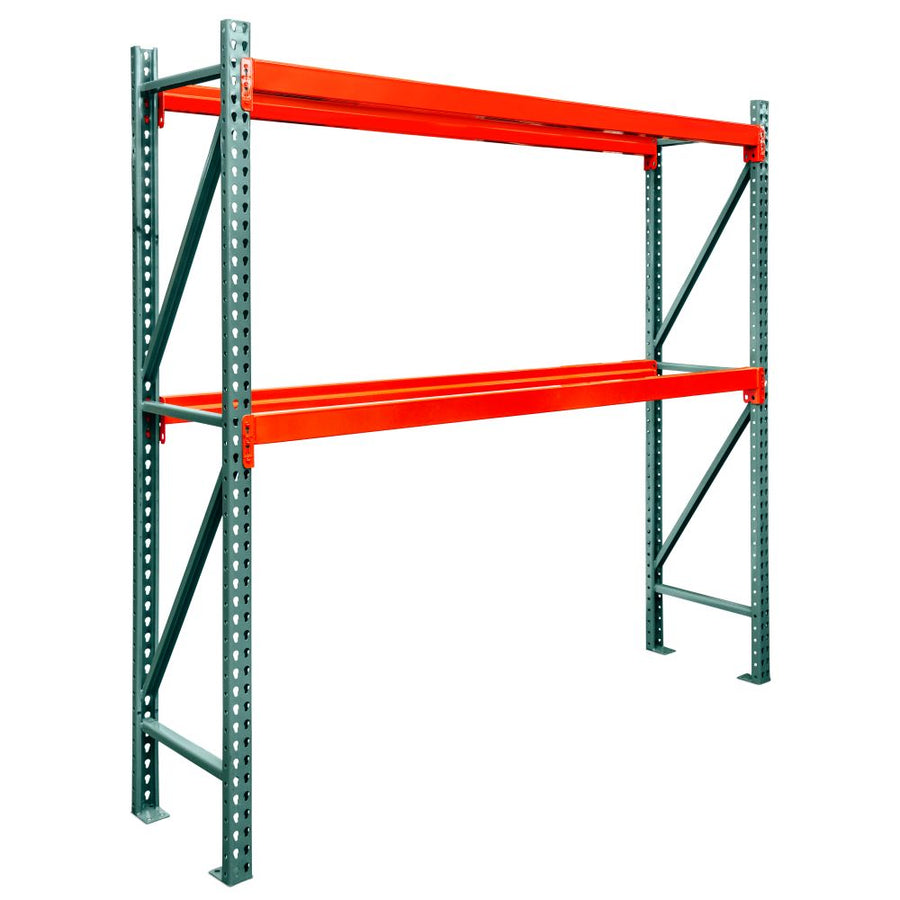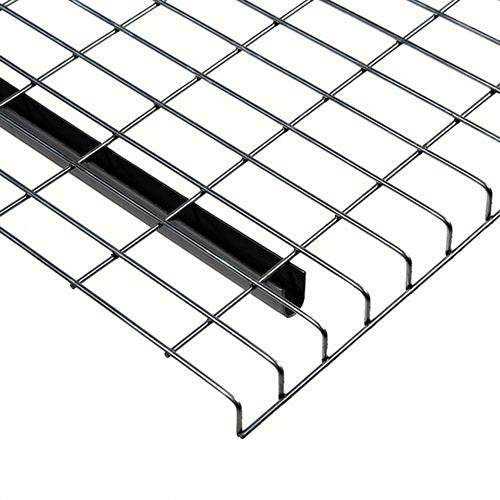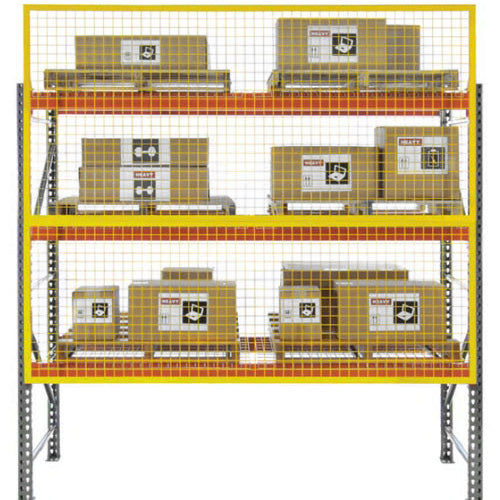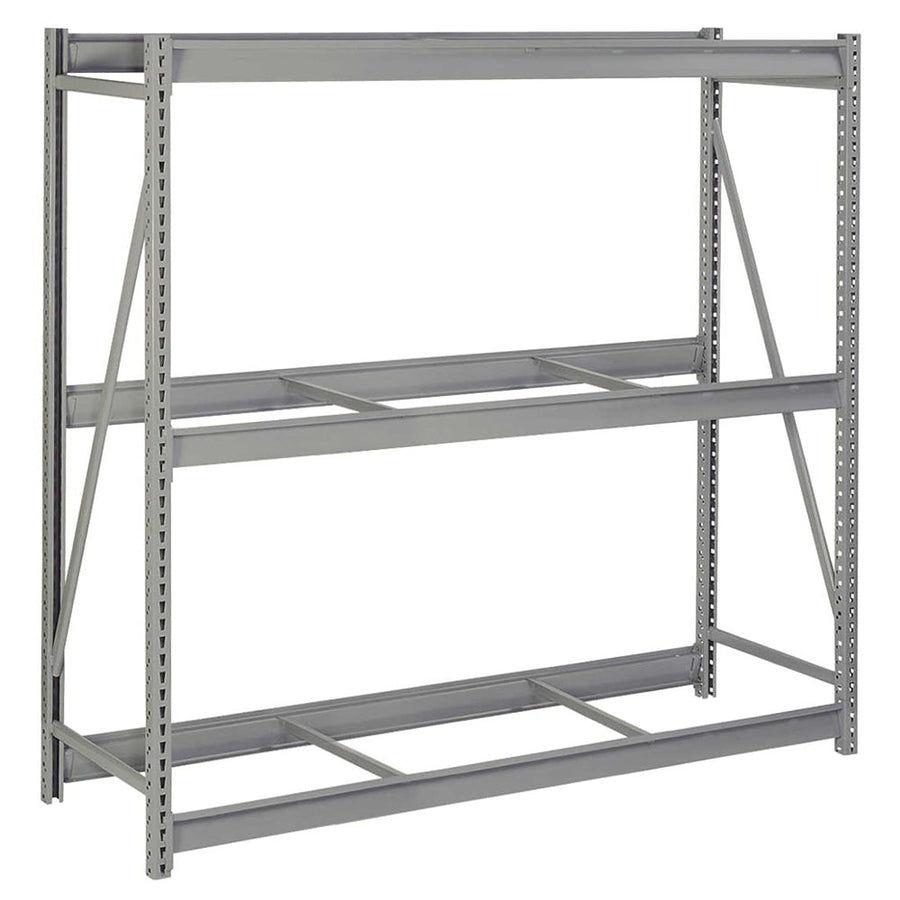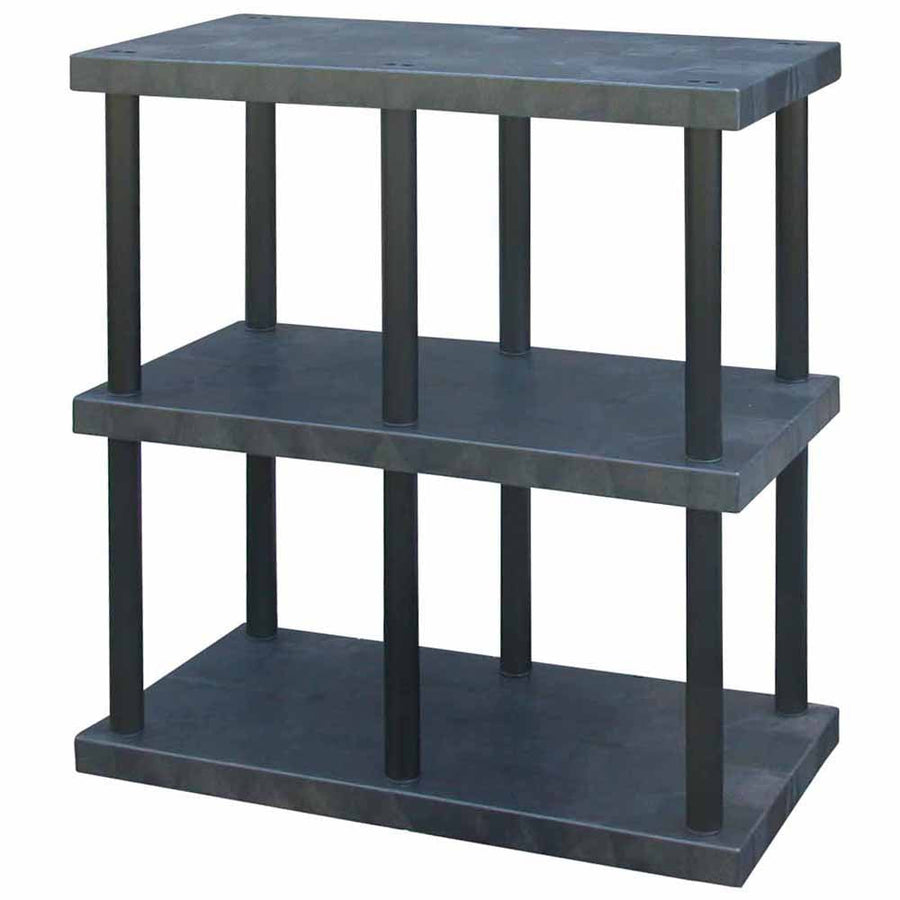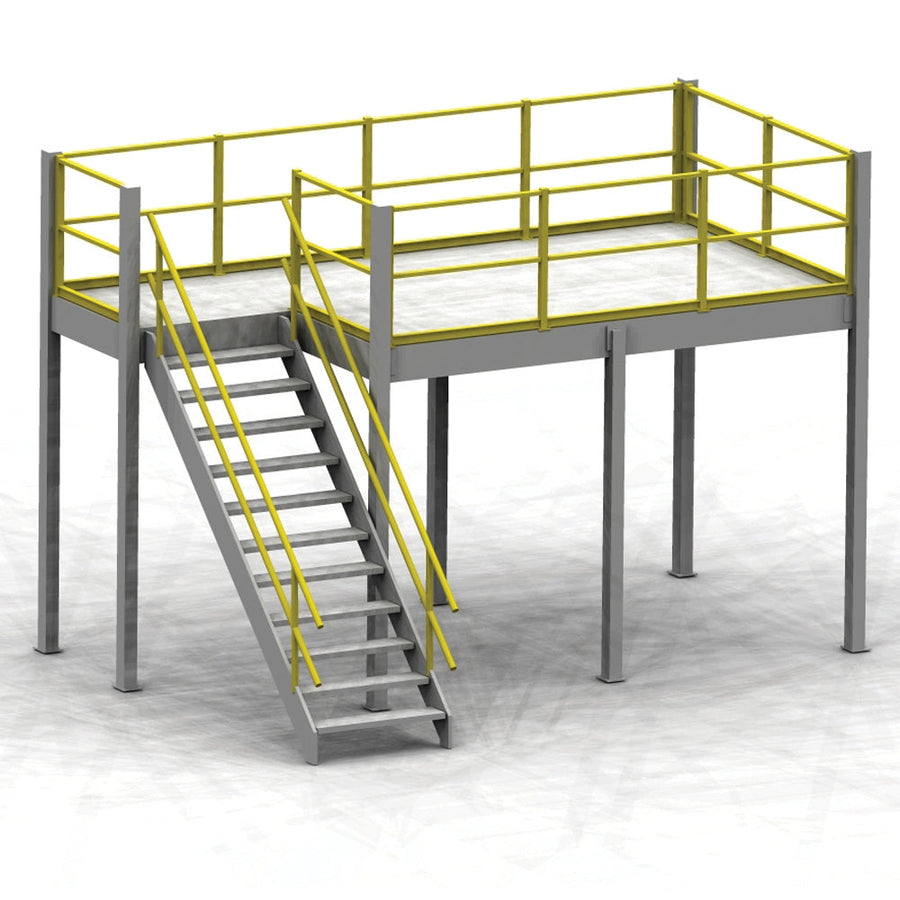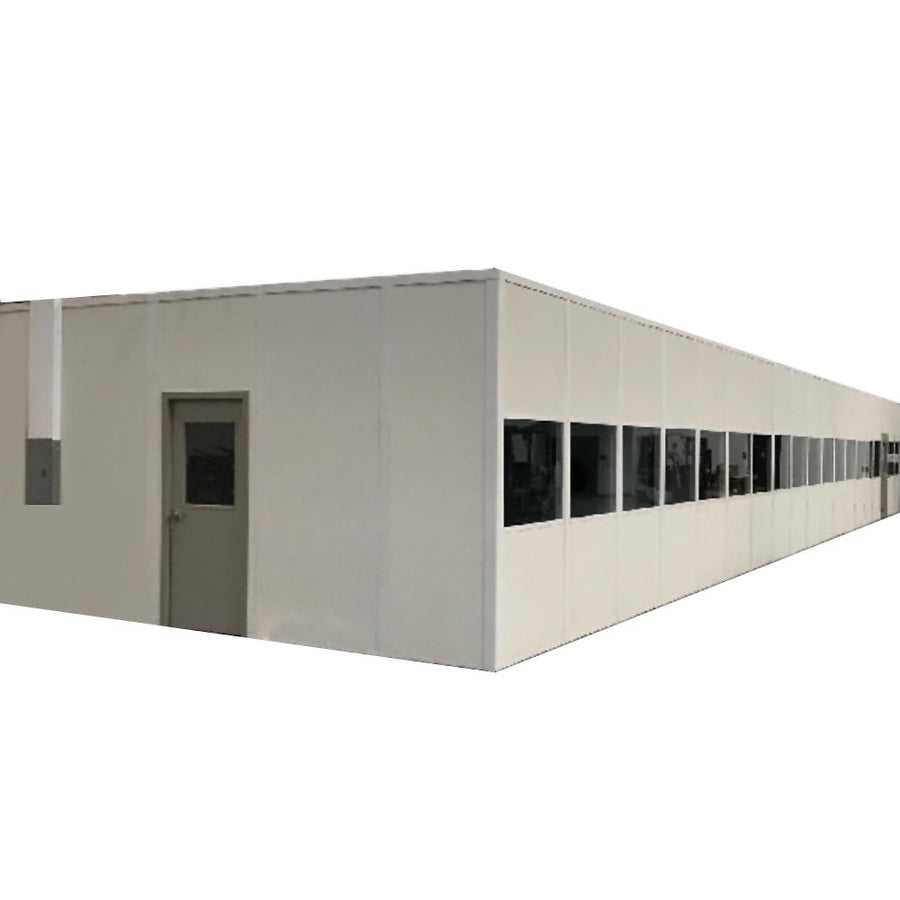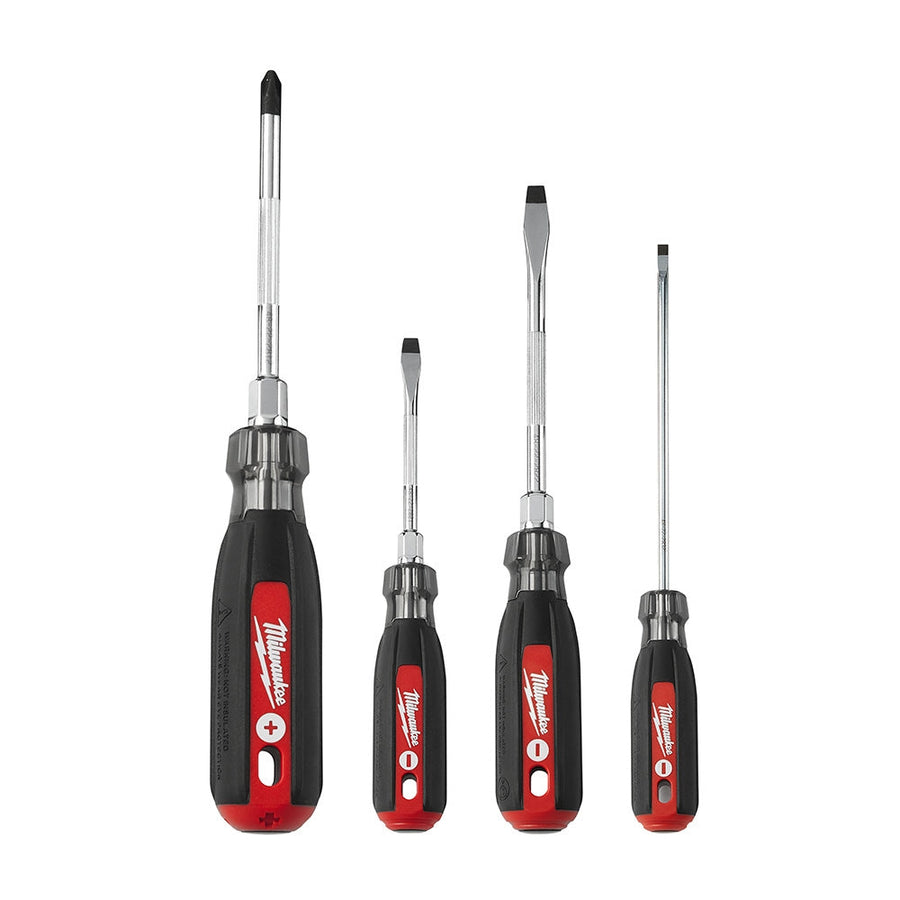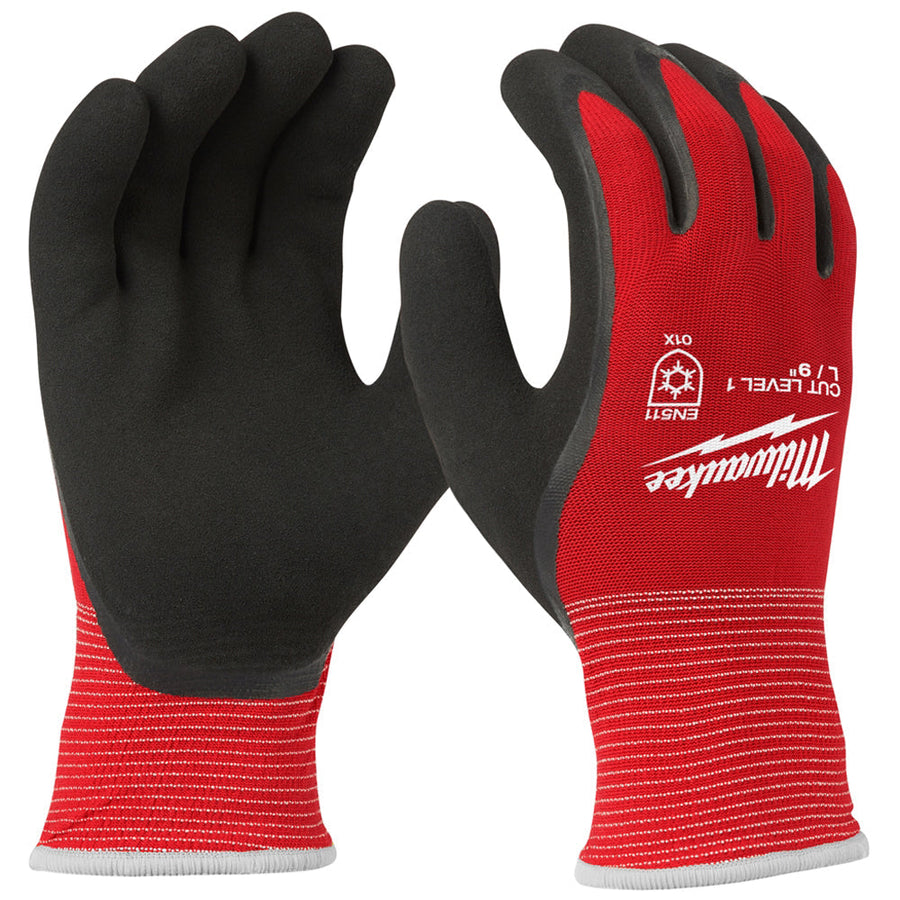For as sturdy as pallets can be, there’s an awful lot of accidents in a warehouse that can befall them.
The trip from the truck to the pallet rack can be a long one, and there’s a lot of mishaps along the way that can befall both the pallets themselves, and the items contained within. Some of it is genuine user error, some of it stems from item mispacking, some of it stems from structural issues, and all of them can pose a hazard.
While the sources of pallet damage are numerous (and will vary depending on the type of warehouse, and the work being done), there’s always a few common sources to keep an eye out for - and ways to prevent them!
Preventing Common Types of Pallet Damage
Unstable packing
The items on the pallet itself can be one of the most common sources of damage, due to shifting weight or structural issues. Particularly if the pallet racks have been sealed after the items have been stacked, any item that hasn’t been correctly placed (on its side, for example, or in a way that may crush other smaller items on the same pallet) could lead to both damage of the other items on board the pallet, as well as the slats of the pallet itself.
The Solution: Make sure your team knows how to stack each pallet they create in order to prevent damage. Take the time to familiarize them with all of the potential inventory items they could come across, and create plans to stack each pallet as safely as possible to prevent item or pallet damage.
Unbalanced weight limits
Similarly, if the weight of the items isn’t distributed properly across the pallet, it could cause damage to the pallet, the items, or even the pallet racks it sits on. Items placed in the wrong order of heaviness, or when too many heavy items are on one side of the pallet, it could eventually damage the pallet the items sit on, leading to further damage to the inventory or surroundings.
The Solution: Make sure each member of your team understands the weight limits of a given pallet, and knows how to balance it properly. If a pallet is too heavy to move on one side, it may be well worth your time to disassemble it and redo it for safety in the long run.
Uneven stacking
Once the pallets have reached the pallet rack, they need to be stacked as carefully as possible to maintain balance and stability on the racks. If the pallets aren’t placed properly, they could damage the items below them, collide with the pallet rack uprights, or even damage the pallet rack wire decking they sit on. In extreme cases, the uneven stacking could cause the pallets to drop to the floor, creating a huge risk of injury.
The Solution: Only stack pallet racks with like pallet racks, as far as weight is concerned. If these racks are being lifted by forklifts, make sure they’re always being lifted from the bottom to prevent damage or weight slippage.
Improper forklift usage
A major risk of damage to pallets is the forklifts used to transport them. If your workers aren’t using the forklifts correctly, or if a vital component of the forklift is malfunctioning, the pallets could get damaged through improper handling, lifting, or transport.
The Solution: Above and beyond the obvious need for forklift certification, make sure your workers know how to operate the specific forklifts you use in your workplace, and make sure to follow standardized maintenance procedures to ensure they’re functioning properly.



